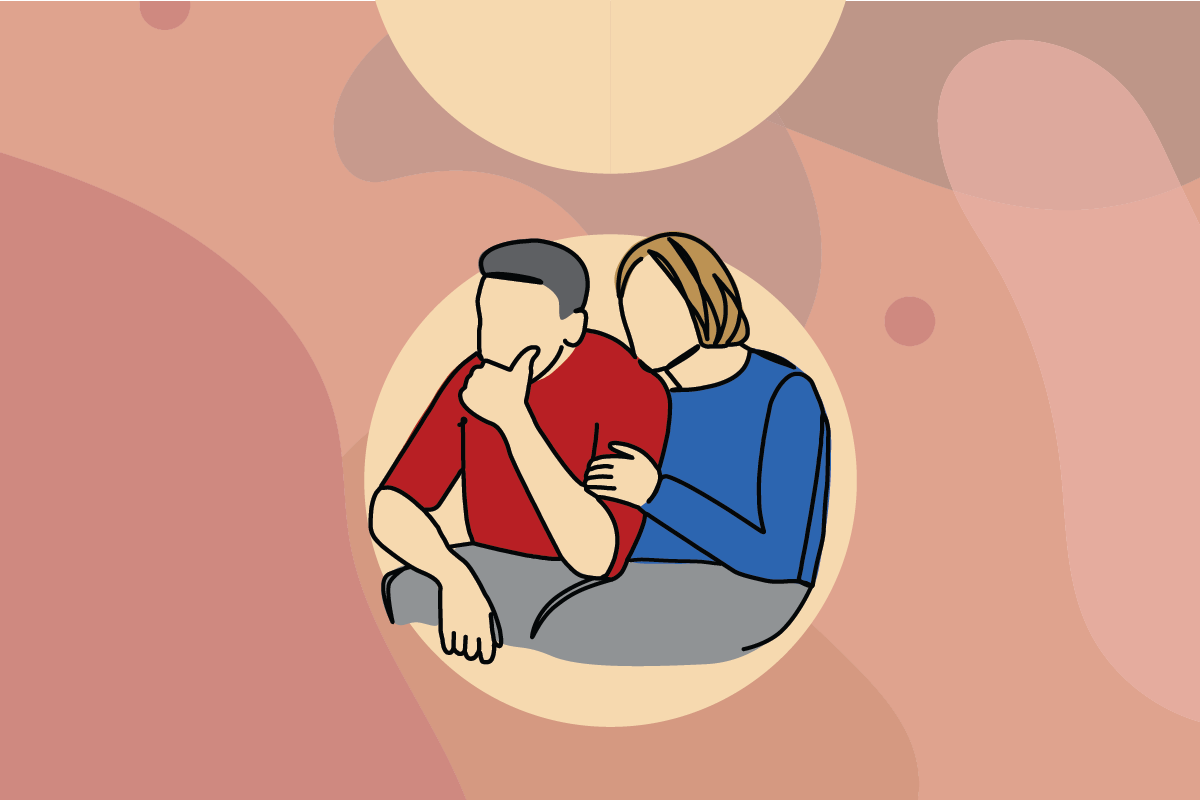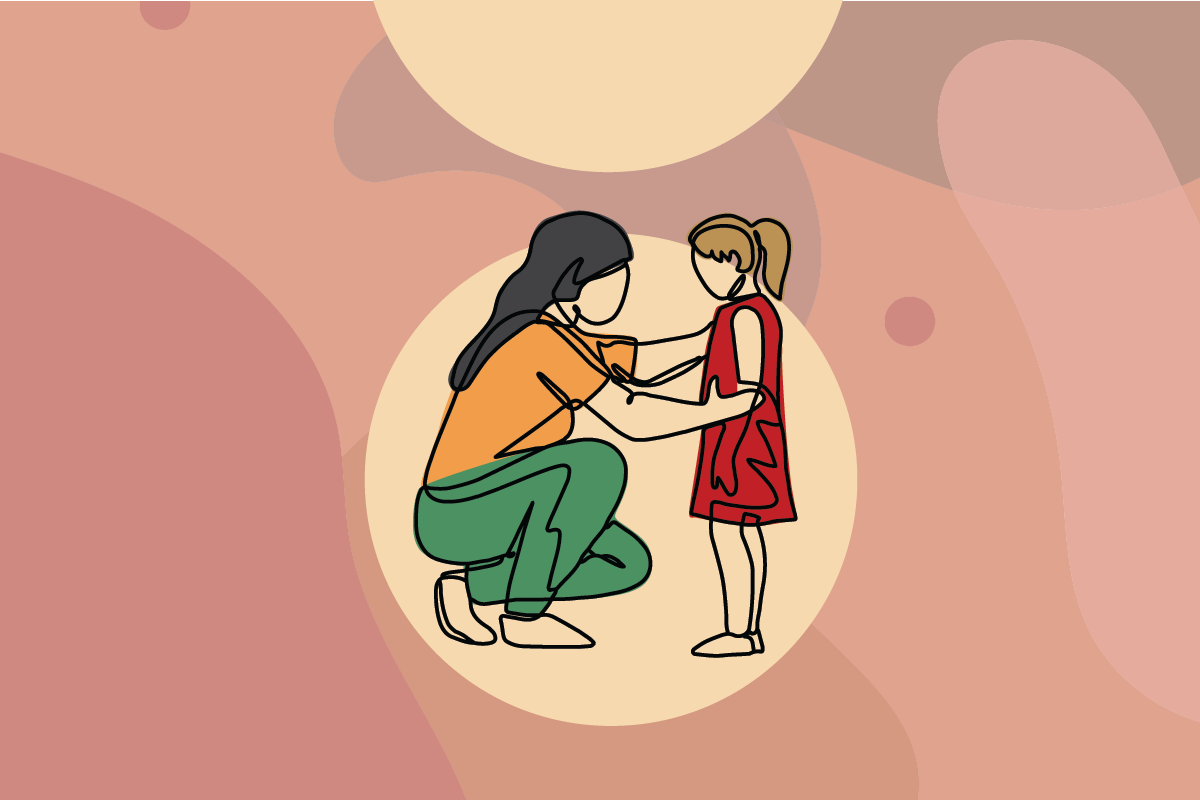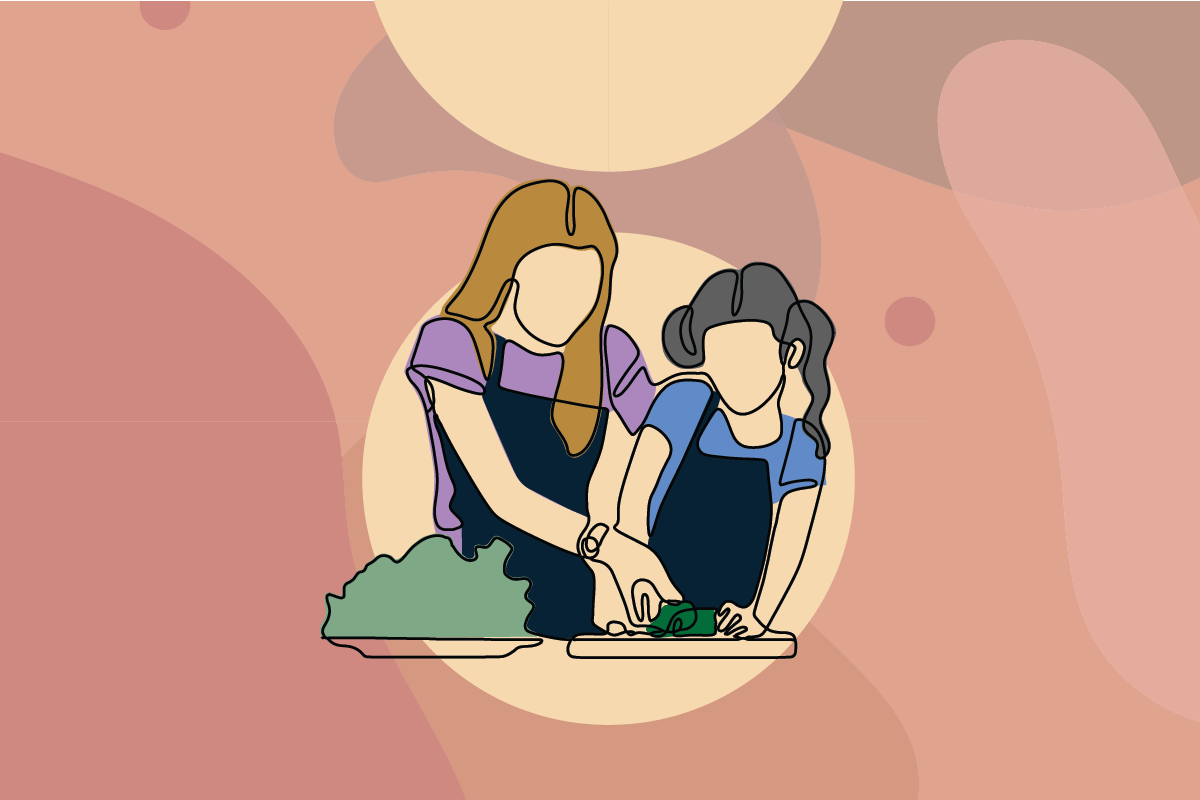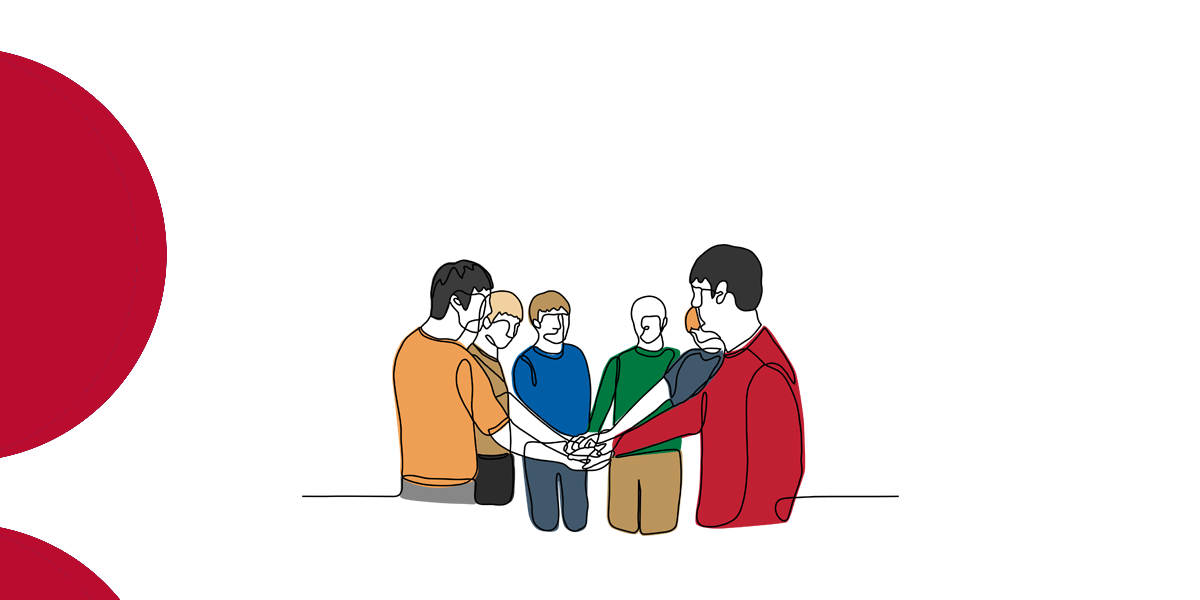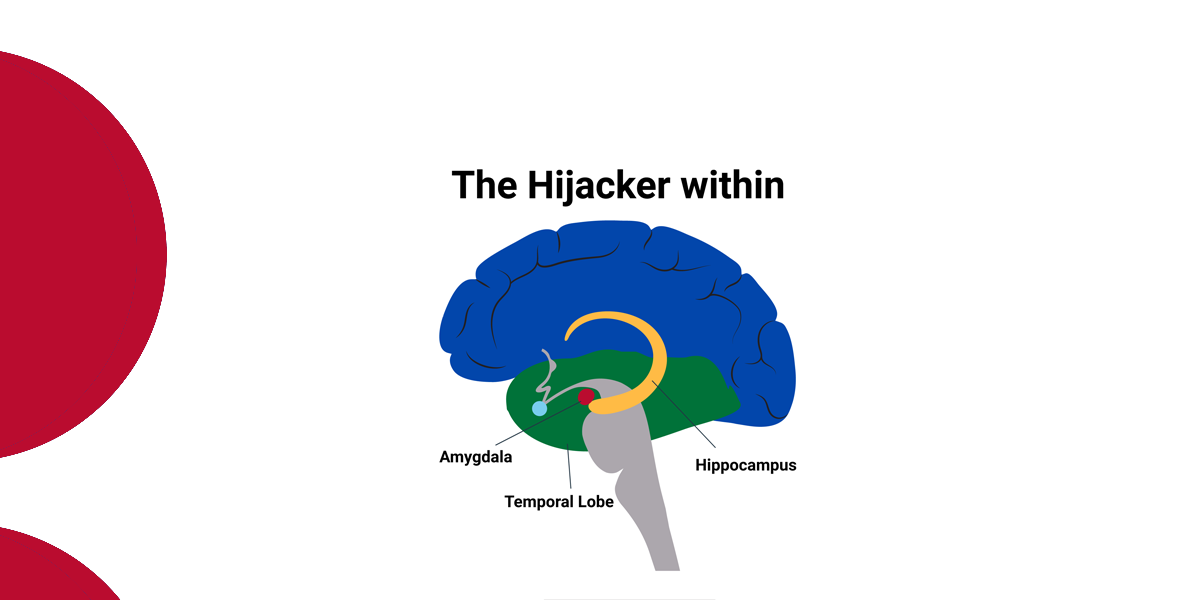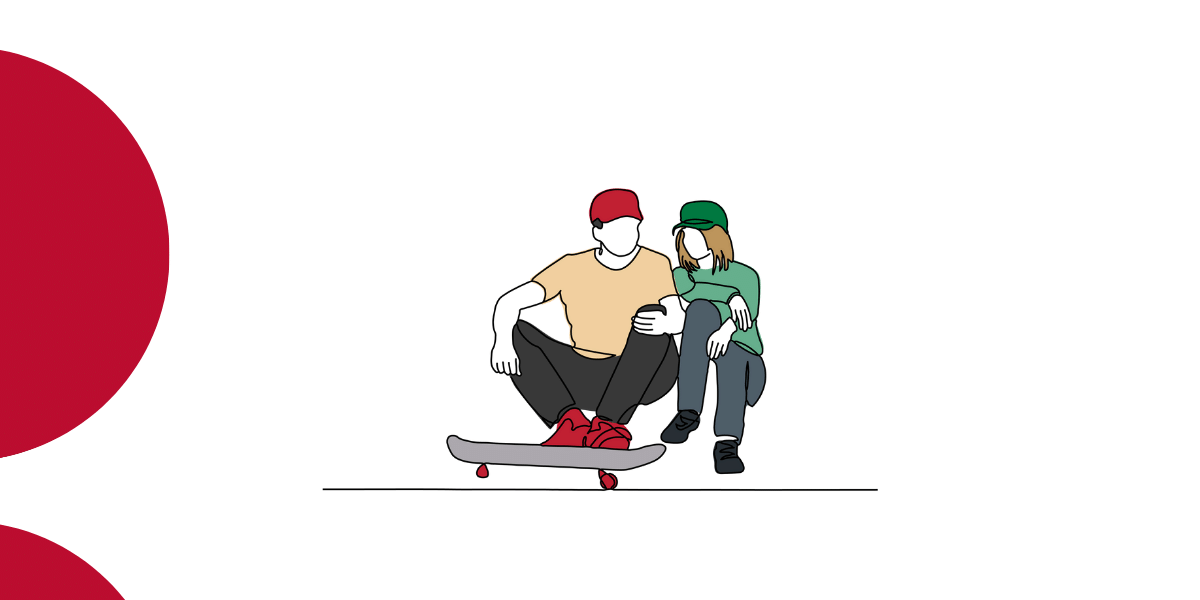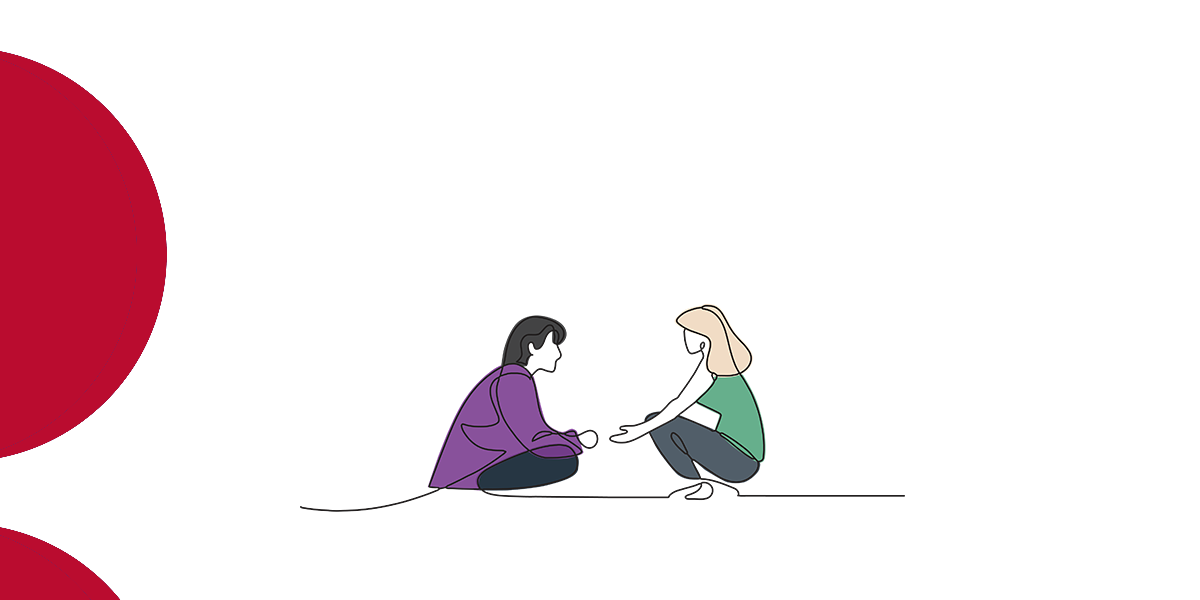Putting theory into practice
Apr 2019
Written by Noel Macnamara
Sometimes you might wonder why you need to learn about theory. I have heard people say:
caring for kids in residential care is common sense
theory is OK for academic’s but not for the everyday work of residential care
Residential work with young people is often conducted amidst high anxiety, uncertainty and emotion. Within this emotional context, the practitioner is both ethically and professionally responsible to reflect, think and act with coherence. Historically, there have been difficulties for residential practitioners/residential services linking theory to practice and articulating a coherent knowledge base (Mumm and Krestling 1997; Payne 2005; Thyer 2001).
Why bother with theory?
The value of theory application in practice is that it:
- helps staff to understand and explore meanings behind a client unique situation and potentially predicts their behaviours;
- provides a starting point for practitioners;
- helps staff have an organised plan to their work and reduces the drift that can happen in practice;
- offers staff a clear framework in a complex situation and provides accountability to their work;
- gives staff a perspective to conceptualise and address clients’ problems with appropriate interventions; and
- identifies knowledge gaps about practice
Theories widen a practitioner/team’s understanding of young people’s issues and help to organise the complexities of practice (Oko 2008; Trevithick 2005; Walsh 2010). Theories explain behaviour and help staff to understand and respond to young people in their environment (Boisen and Syers 2004; Healy 2005; Mumm and Krestling 1997).
Without a working knowledge of theories, behaviours are just behaviours. Learning the theoretical backbone of human development helps paint a fuller picture of not just the ‘who’ and ‘what’ but more importantly the ‘why’ people do what they do. If you don’t have a good understanding of these concepts you may take the wrong approach you may take the wrong turn when working with a young person and miss an opportunity to discover their past, present and their future.
In addition, theories are a way of transferring staff knowledge to others, establishing accountability in practice, and gaining credibility as a profession (Merighi, Ryan, Renouf and Healy 2005). Theories can also challenge the way we view residential work and be used to examine the personal beliefs and assumptions that we bring to practice (Harms and Connolly 2009; Oko 2008).
Without theory, residential staff’s personal moods and opinions may influence their practice too much (Walsh 2010). Howe (1987) stated, ‘To show no interest, in theory, is to simply travel blind. This is bad practice and unhelpful to young people (p.9).
How do we put theory into practice?
For Intensive Therapeutic Care staff, putting theory into practice is rarely straightforward. It requires the practitioner/team to impose a shape on what may seem to be the uncertain and unpredictable world of the young person in their care and of their care and support of the young person. Nevertheless, a theory can be at its most useful when it enables us to grasp the most complex of situations, as Howe (1987, p. 17) suggests:
If drift and purposelessness are to be avoided, practice needs to be set within a clear framework of explanation, the nature of which leads to a well-articulated practice
Kurt Lewin pointed out that: “There is nothing as practical as a good theory”. That is because a ‘good’ theory enables its user to do four important things:
- To describe
- To explain
- To predict
- To bring about change
To put theory into practice, Howe (1997, pp. 171) suggests that we need to ask a series of apparently simple questions:
- What is the matter?
- What is going on?
- What is to be done?
- How is it to be done?
- Has it worked?
- What is the matter? Here we explore the detailed history of the young person and the experiences and life events that have befallen them. It is worth bearing in mind the old idiom: ‘the Devil is in the detail’. This means that something might seem simple or straightforward at first look but will take more time and effort to complete than expected. All trauma experiences are unique and must be understood that way.
- What is going on? We must recognise and understand how the experiences in the young person’s life have impacted on them. Theories to inform. We use different theories to understand the nature of this impact such as trauma theory, attachment theory, loss and grief and neurobiology.
- What is to be done? In the light of I and 2 (assessment) the care team and young person must prioritise and decide on the goals of intervention, make plans and clarify outcomes.
- How is it to be done? Given the analysis of what is to be done, it is necessary for the Care Team to target the main areas that require intervention. Theories of intervention now come into play. Such as trauma-informed care, person-centred care etc.
- Has it worked? The outcome must be evaluated and we enter another iterative cycle.
Conclusion
Theory and research play an important role in therapeutic residential practice, including a theoretical tool to understand human behaviours and social environment, a necessary knowledge to be competent practitioners, a practical guideline to direct interventions, and a conceptual screen to identify relevant information.
Competent practice in therapeutic residential care mandates that staff act from an informed and research-based knowledge base. Theory provides practitioners with the tools to offer the young people they serve effective services. Foregoing theory may easily result in negligent, harmful, and unreliable practice
Theory and practice should be seen as interdependent: where theory informs practice and theory can also be developed through practice.
Noel MacNamara
Senior Advisor, Centre for Excellence in Therapeutic Care
References
Boisen, L. and Syers, M. (2004) ‘The integrative case analysis model for linking theory and practice’. Journal of Social Work Education, vol.40 no. 2, pp.205-307.
Harms, L. and Connolly, M. (2009) ‘The Art and science of social work’. In Connolly, M. and L. Harms (eds.), Social Work: Contexts and Practice. Oxford, Melbourne, pp.3-18.
Howe, D. (1987) An Introduction to Social Work Theory. Gower, Aldershot.
Merighi, J., Ryan, M., Renouf, N. and Healy, B. (2005) ‘Reassessing a theory of professional expertise: A cross-national investigation of expert mental health social workers’. British Journal of Social Work, vol. 35, pp. 709-725.
Mumm, A. and Krestling R. (1997) ‘Teaching critical thinking in social work practice courses’. Journal of Social Work Education, vol. 33 no.1, pp. 75-84.
Oko, J. (2008) Understanding and Using Theory in Social Work Practice. Exeter: Learning Matters.
Payne, M. (2002) ‘Social work theories and reflective practice’. In Adams., Dominelli, L. and M. Payne. Social Work – Themes, Issues and Critical Debates (2nd ed.) Palgrave Macmillan, New York, pp 123-138.
Thyer, B. (2001) ‘What is the role of theory in social work practice?’ Journal of Social Work Education, vol. 37no. 1, pp. 9-25.
Walsh, J. (2010) Theories for Direct Social Work Practice, (2nd ed.), Wadsworth Cengage Learning, Belmont USA.














